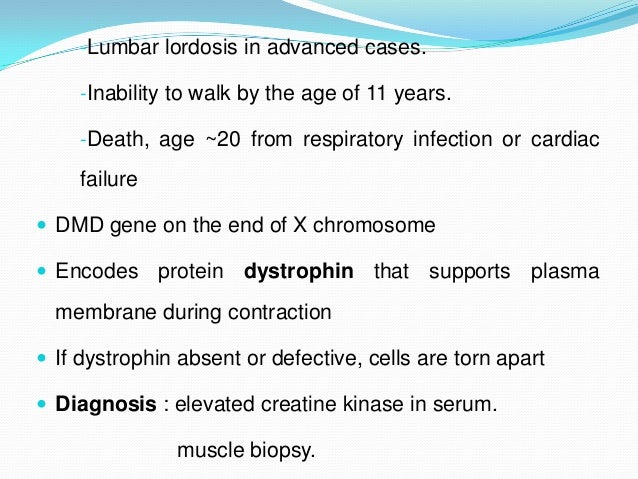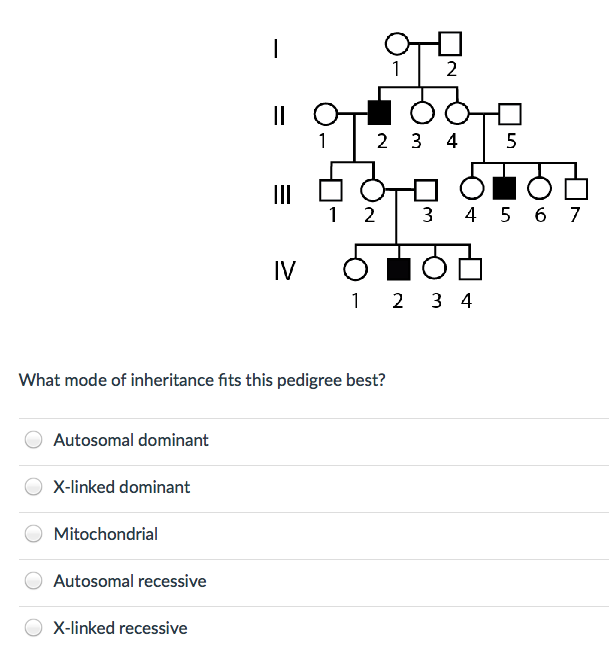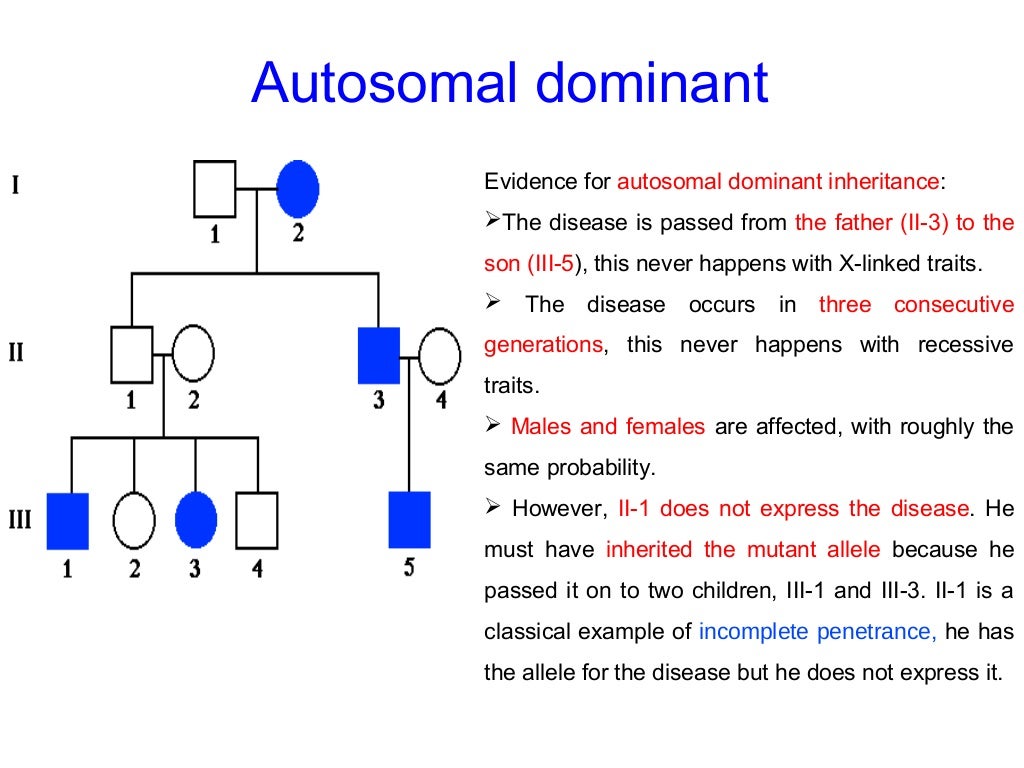

The modes of inheritance are autosomal dominant, autosomal recessive, and X-linked. Augustinian monk and botanist Gregor Mendel (1822 –1884) demonstrated these patterns of inheritance using pea plant crosses. Modes of InheritanceĪ pair of alleles can show one of three modes of inheritance. Symbols that are half filled indicate heterozygous individuals, but often this information isn't known. Diseasecausing mutations are shown as stars or crosses. Bars next to the symbols represent genetic loci, and different alleles are color-coded. Filled symbols represent individuals who display a certain trait, such as an inherited disease. A double line between parents indicates consanguineous marriages (between blood relatives) (see Figure 3).

Squares represent males, circles represent females, and diamonds depict individuals of unknown or, for reasons of confidentiality, disguised gender. The figures in this article show symbols commonly used in pedigrees. An individual who inherits two copies of the same allele is homozygous inheriting two different alleles is termed heterozygous. A gene may have many alleles, but a person can only have two copies of the same allele, or two different alleles, for a particular gene. A gene can exist in alternate forms, called alleles. An individual inherits one copy of each gene from his or her mother and another copy from the father. Chromosomes, and therefore genes, occur in pairs in a diploid organism, such as a human. Eye color, blood group, and the symptoms of inherited diseases are examples of phenotypes. Phenotype, Genotype, and AllelesĪ phenotype is an observable trait that is the expression of a gene combination, or genotype. Several terms are encountered in pedigree analyses. Construction of a pedigree is often the first step in the identification of a gene variant that causes a particular disease or trait. Autism may also be a case important involving oligogenic inheritance together with major or epigenetic contributions.A pedigree is a diagram that depicts the blood relationships of family members, as well as which individuals express the trait or disorder under study. Thus, diseases stemming from a single gene, with further investigation can reveal a more complex scenario with the identification of additional modulating (or causative) genes. However, further studies of CFTR carried out in more diverse and larger populations have shown that mutations in additional genes could be implicated in modulating the severity of the disease.

One example is cystic fibrosis, which has for years been regarded as as a single gene disease associated with recessive mutations in the CFTR ( Cystic fibrosis conductance regulator) gene.

Previously, diseases regarded as monogenic have in recent years been revealed as the product of by an additional gene or genes, and such diseases have been now classified as ‘oligogenic’ rather than ‘polygenic’, as they involve a relatively smaller number of genes. Inheritance pattern requiring the influence of a few (two or three) genes.


 0 kommentar(er)
0 kommentar(er)
